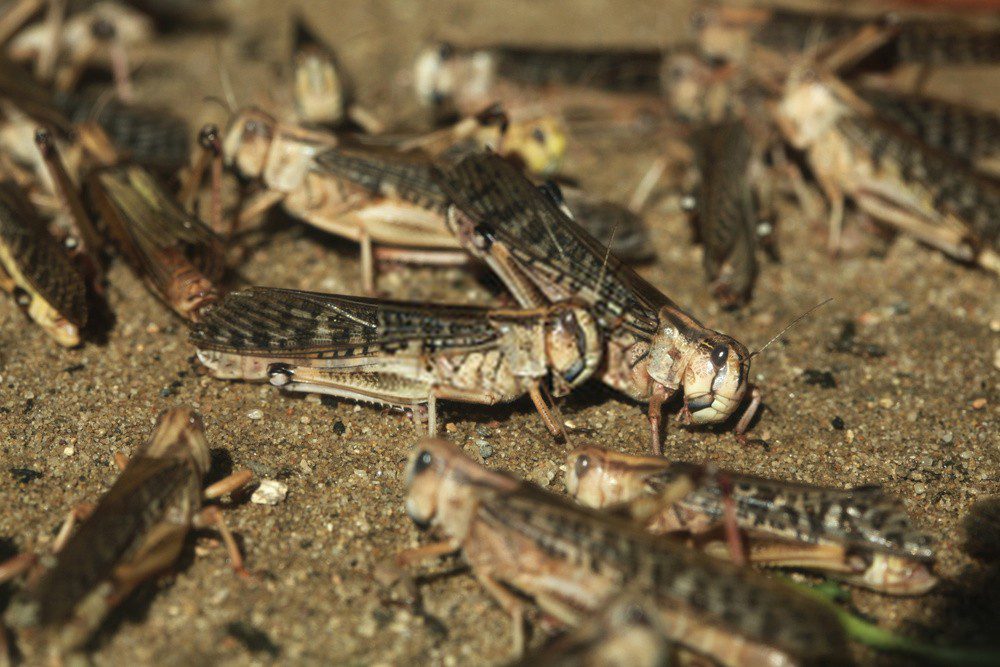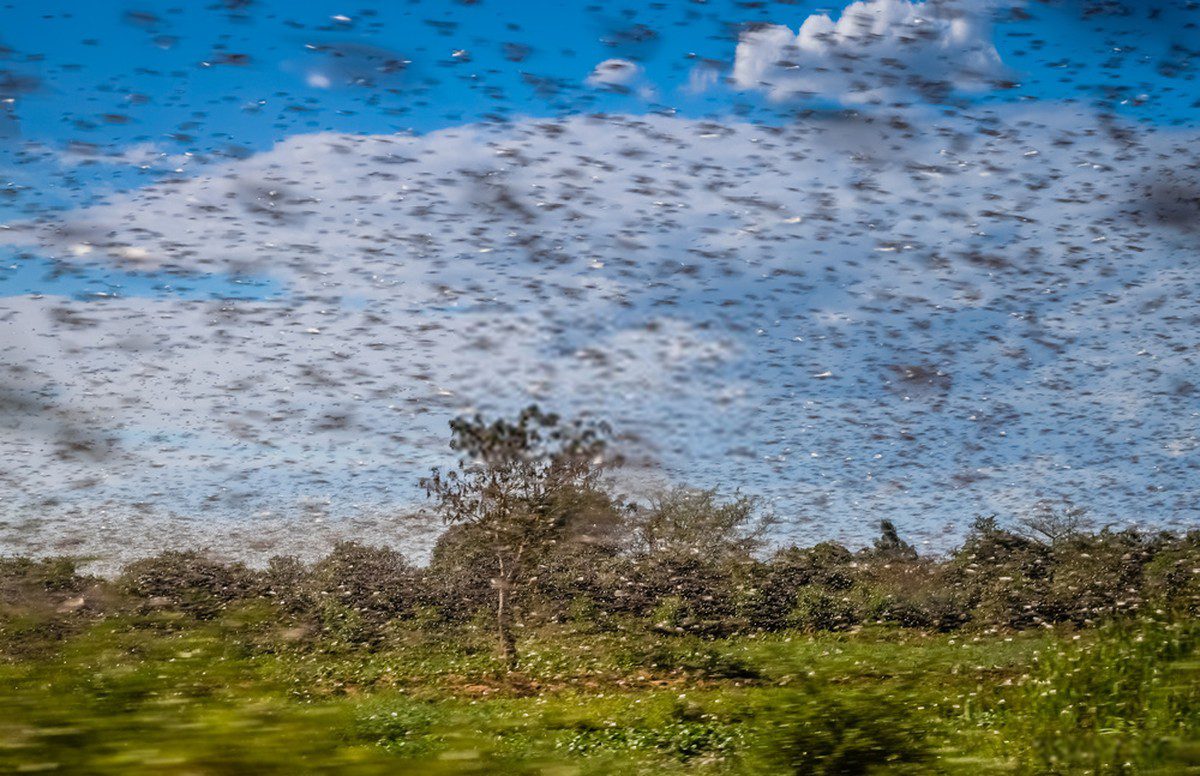The United Nations locust monitor has a new warning for India and Pakistan. A giant swarm of locusts may arrive on both sides of the India-Pakistani border around spring-summer this year, amid an unprecedented plague already affecting the African continent.
Gargantuan tribes of desert locusts have been terrifying the residents of Yemen and Saudi Arabia and laying waste to countries in the Horn of Africa.
UN’s Food and Agriculture Organization (FAO) calls the outbreak worst in 25 years for Eastern Africa and the worst Kenia in particular faced in 70 years.
Double Trouble from locusts from Africa and Iran

After multiplying in the Horn of Africa, the swarms may migrate to India, where they may deliver a twin strike together with freshly hatched locust from southern Iran, FAO’s Senior Locust Forecasting Officer Keith Cressman told IANS news agency on Monday.
“There is a potential risk that the swarms can move from the Horn of Africa, starting in about mid-May until about some time in July to meet those monsoon rains that arrive in Rajasthan in India and Cholistan-Tharparkar in Pakistan,” he said.
The worst-case scenario would require an early breeding season for locusts in Iran, which may be caused by warm weather and plentiful rains. The conditions in the Horn of Africa are currently favorable for fast replication of the pests, which is causing the ongoing infestation in the first place. If they remain as good for the insects, migration to India and Pakistan, which has not happened for quite some time, is likely this year, the official said.
It is due to the large concentration of locusts that are currently present in Kenya, Somalia and Ethiopia, and the possibility for them to increase further in number in the next six months between now and June so they can increase up to 400 times than we have now.
Iranian locusts hit Pakistan and India the previous year. Cressman said he hoped the two nations are better prepared than countries like Somalia or Ethiopia to deal with the swarms.
African nations lack security and funding to control and contain the plague that may soon seriously affect South Sudan, Uganda, and Tanzania, according to FAO.
The region is already suffering from food insecurity, so the crisis may lead to serious starvation.
India is relatively better prepared
After a recent visit to India to survey the situation, he said that he felt that India was ready to meet the challenge “because they met the challenge last Summer very well. but they also learned very many lessons from six months of control operations and now they are applying these lessons.”
Desert locus is a voracious eater and dangerous

Desert locus is considered among the most dangerous pests for agricultural produce. A 2-gram adult insect is capable of eating its weight worth of food in a day while a swarm usually consists of several tens of millions.
Furthermore, they are capable of flying 150 km in a day after eating crops in a particular area. The desert locust is potentially the most dangerous of the locust pests because of the ability of swarms to fly rapidly across great distances.
It has two to five generations per year. The last major desert locust upsurge in 2004–05 caused significant crop losses in West Africa and had a negative impact on food security in the region.
While the desert locust alone is not responsible for famines, it can be an important contributing factor. It’s no surprise that a locust infestation is mentioned as one of the Biblical plagues in Exodus.



